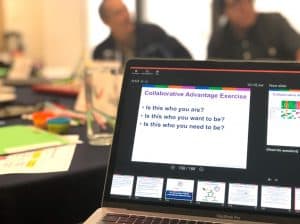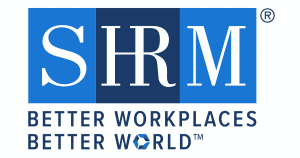Would you like to ensure your New Staff learn and apply their training in the best way possible?
The following are nine tips we’ve gathered from conversations with trainers around the world.
1. Ask questions. Chee Yee (Area LDHR in East Asia) suggests these:
- Did I pray?
- What is the main point of the session?
- What is my growth experience with this topic?
- How can I make this session exciting?
- How could this be applied to ministry?
2. Consider “What is the best way to learn the content?
Before meeting with the New Staff, familiarize yourself with the session, and consider:
- What parts of the session would be best learned by self-discovery?
- Which parts could be done with the team?
- Which parts would you like to do together with the New Staff?
- Which parts are best learned while practicing in direct ministry?
3. Prepare and Contextualize.
Not all movies or examples are relevant to your culture. For example, Session 3.1 “God’s Design in Creating Me” suggests the movie, Seabiscuit, as an optional task. The story touches on issues of background and family origin, but the context of horse racing may not be culturally relevant for your particular audience. This is a great place to consider, “What other movies might be better options for us?”
4. Build rapport by asking questions:
- How was your week?
- What are you learning?
- What has the Lord taught you this week in His Word?
- What has been a highlight of your week?
- What did you find challenging?
5. When reading the session Vision, ask: “Which Outcomes resonate with you?”
When you ask this question, you begin the session by connecting to the heart of the New Staff. As they identify parts the Desired Outcome statements that resonate with them, you can ask follow-up questions and listen for the immediate and relevant needs and motivations of the person.
6. Share what resonates with you as the trainer. This accomplishes several important things:
- It models humility – you are not a “know it all” expert.
- It shows you are also curious to grow – a co-learner.
- It allows you to learn with the New Staff and opens the door for you to learn from them. They may be more be skilled or have more experience in an area than you.
- When you share what resonates with you, the New Staff hears some of your heart.
7. Adjust for learning styles.
An auditory learner may prefer to read the Desired Outcomes out loud, or you might highlight any task that has to do with music.
You might suggest that a visual learner draw or bring photographs to explain a session task.
A kinesthetic learner may prefer to do the tasks that have action projects rather than sitting and studying. You could suggest they come prepared to teach a part of the session to you or others.
8. Adapt for the processing style of the New Staff.
An internal processor may prefer to read the Outcomes to themselves. Ask them to read it silently and underline key words or thoughts that interest them.
For an external processor, you could read the Outcomes together and discuss what they mean to him or her. Tell me more about that…
9. Invite feedback.
Ask, “What in this session was helpful to you?” “What would you like more… or less?” At the end of the session, return to the Vision and Desired Outcomes and both evaluate how you did accomplishing the Outcomes.
This is a long list, so don’t think you have to implement them all right away! You could choose one or two to try. You can always review the tips in the new resource Google Slides presentation: “Preparing for a Session”.
You may also want to review these sessions from the New Staff Training page, under the Training the Trainers tab.
Please share with us! What tips have you found to help a New Staff engage in learning?










5 thoughts on “Preparing to facilitate a New Staff Training Session”
Very helpful! Thanks.
You are welcome, Dang. Thanks for visiting!
Great questions Chee Yee! Very good for stimulating trainers to think creativitely and missionally
Great stuff. Thanks!
great photo and content!
Comments are closed.